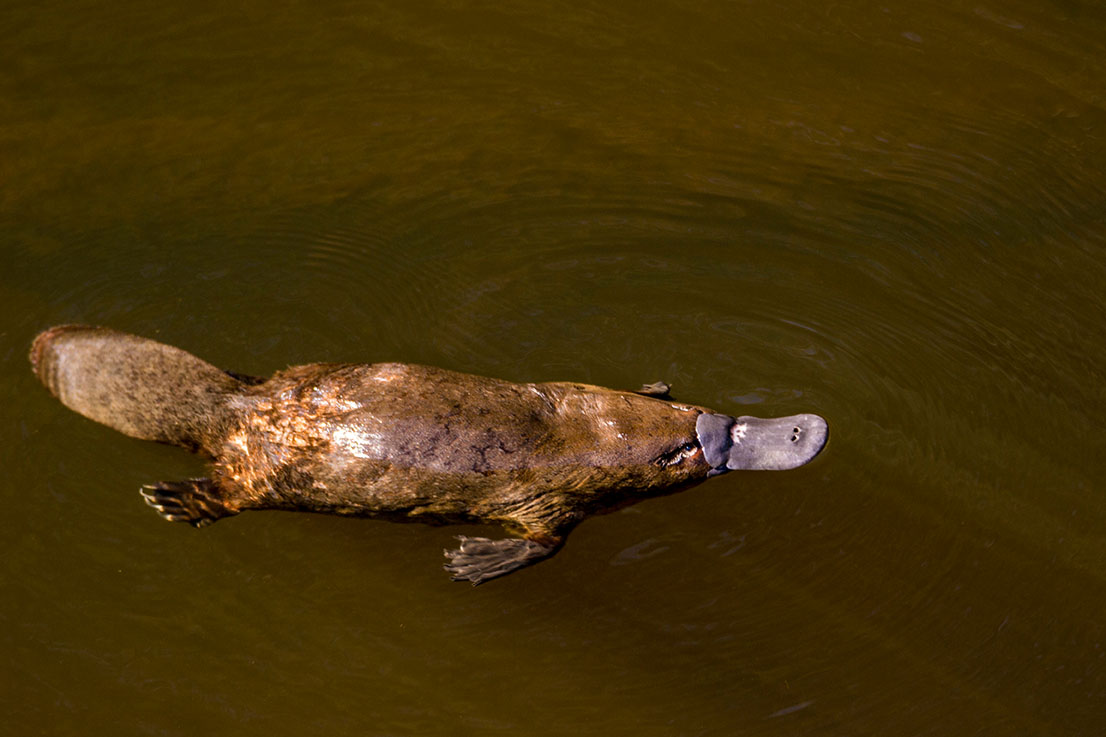

Monotremes are mammals that lay eggs. They are the only mammals that do this. Monotremes are found in Australia and New Guinea. There are three species of monotremes: the platypus, the echidna, and the long-beaked echidna.
Platypuses are semi-aquatic mammals that live in eastern Australia. They have a duck-like bill, webbed feet, and a beaver-like tail. Platypuses lay eggs in burrows that they dig in the ground. The female platypus incubates the eggs for about 10 days.
Echidnas are spiny mammals that live in Australia and New Guinea. They have long, snout-like nose and a short tail. Echidnas lay eggs in pouches on their stomachs. The female echidna incubates the eggs for about 10 days.
Long-beaked echidnas are the largest species of echidna. They live in New Guinea. They have a long, narrow beak and a long, thin tail. Long-beaked echidnas lay eggs in pouches on their stomachs. The female long-beaked echidna incubates the eggs for about 10 days.
A monotreme mammal is a mammal that lays eggs.

There are no different forms of the word "monotreme mammal.".
The word "monotreme" comes from the Greek words "monos" (meaning "one") and "treme" (meaning "hole"). This is because monotremes have a single opening in their bodies that serves as both a cloaca (a chamber where the digestive, urinary, and reproductive systems meet) and a vagina.
The word "monotreme" was first used in English in the 18th century by the English naturalist George Shaw. Shaw used the word to describe the platypus, which was a new and strange animal that he had recently discovered in Australia.
What is a monotreme mammal?